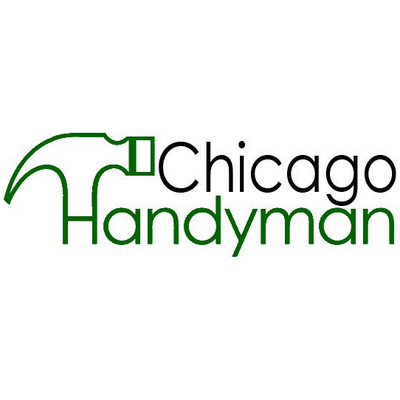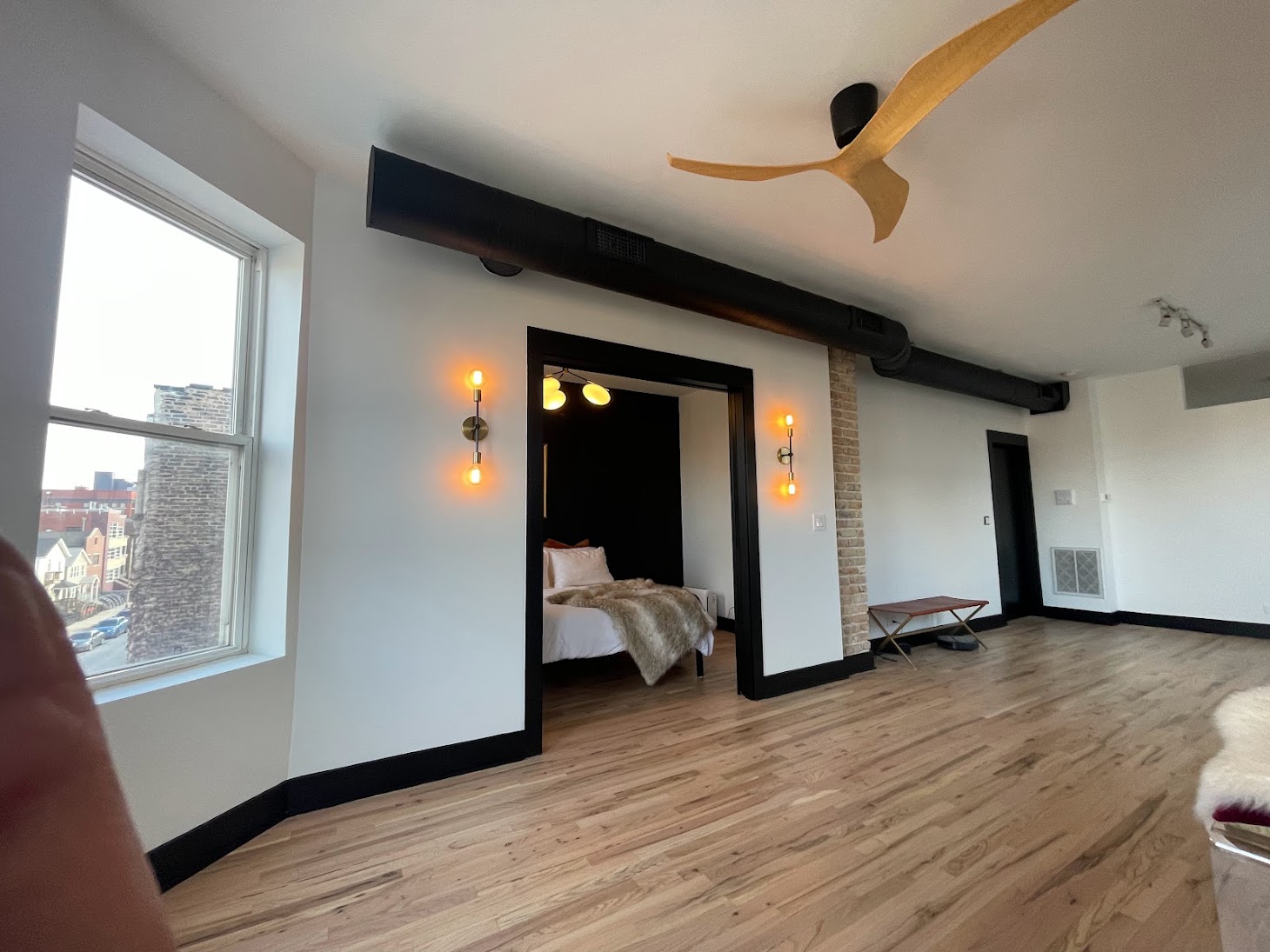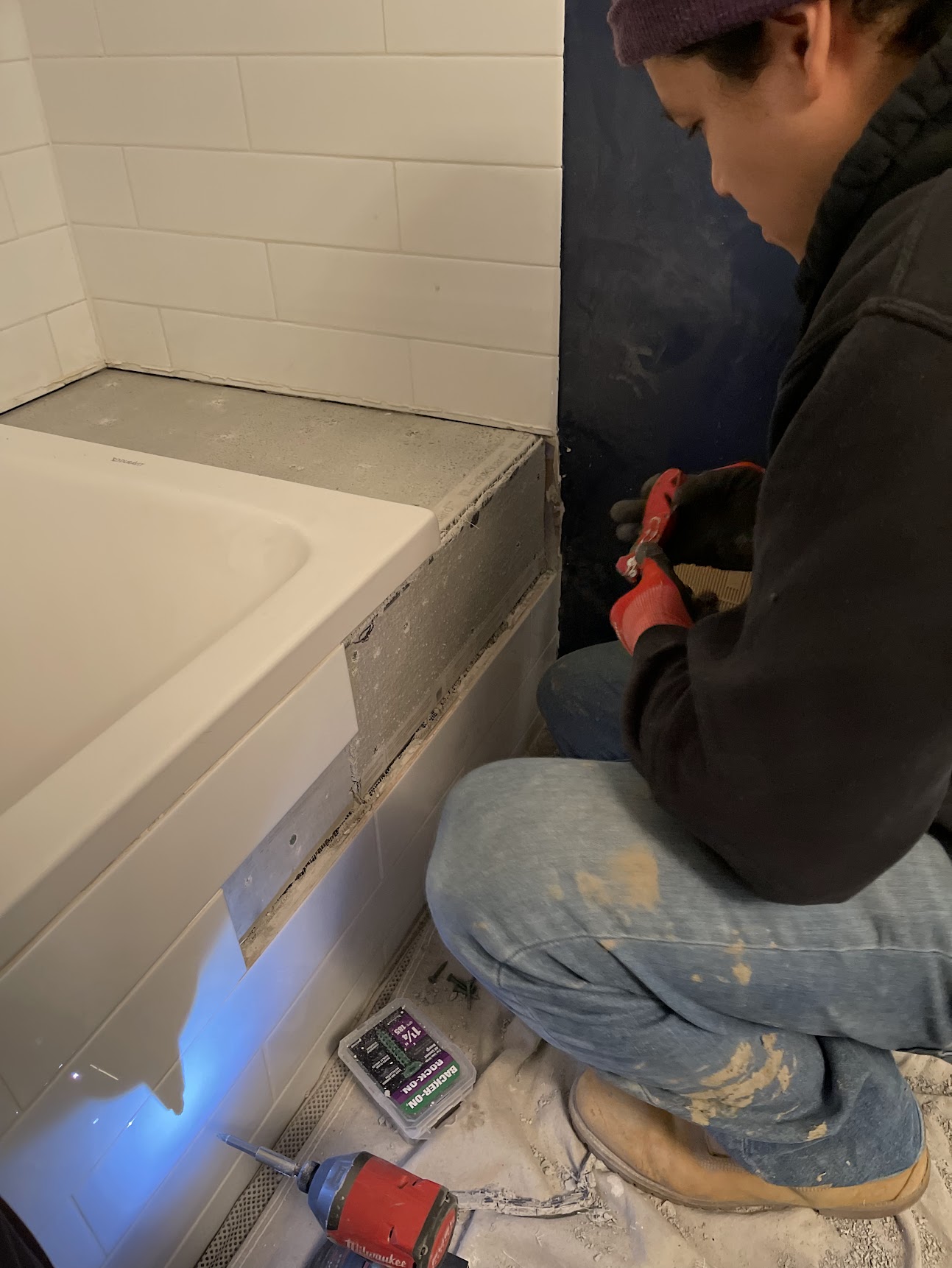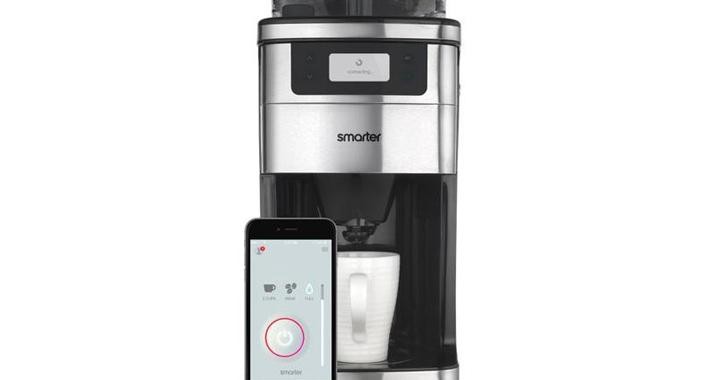Priming new drywall is a key step before painting. It helps the paint stick better and look smoother. But how many coats of primer do you really need?
For most new drywall, two coats of primer are enough.
The first coat seals the surface, while the second evens things out. This gives you a good base for your paint job.
Sometimes, one coat might work if you’re using a high-quality primer. But if you see any uneven spots after the first coat dries, it’s best to add another. This extra step can make a big difference in how your final paint job looks.

Priming Basics and Techniques
Priming new drywall is a key step for a smooth paint job. The right primer and method help create an even surface and good paint adhesion.
Choosing the Right Primer
PVA primer works well for new drywall. It seals the surface and helps the paint stick better. Some pros use self-priming paint to save time. This option combines primer and paint in one product.
For dark paint colors, tinted primer can help. It makes the final color look richer with fewer coats of paint.
Pick a primer that dries fast if you’re in a hurry. But remember, faster isn’t always better for the end result.
Application Tips for an Even Coat
Use a roller for large areas and a brush for edges and corners. This combo gives the best coverage.
Start with thin, even coats. It’s better to do two thin coats than one thick one.
Keep a wet edge as you work to avoid lap marks. These can show through the final paint job.
Don’t skimp on primer. Make sure to cover the whole surface well.
Drying Time and Additional Coats
Let each coat of primer dry fully before adding more. Check the can for drying times. Usually, it only takes a few hours.
Most new drywall needs two coats of primer. This covers the paper and joint compound well.
Test the primer after it dries. If it still looks patchy, add another coat.
Sand lightly between coats for an extra smooth finish. This step helps the paint look its best.








